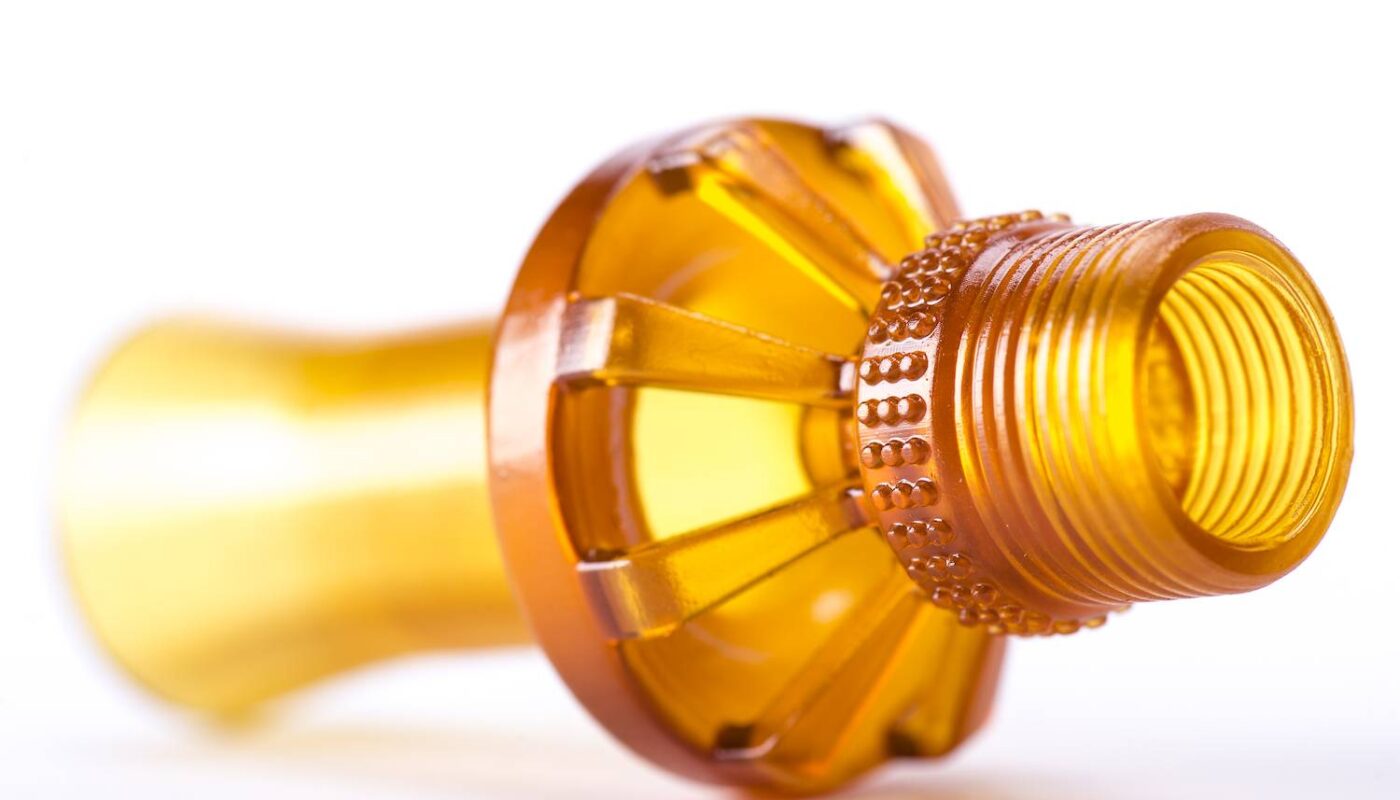Cyanate ester resins are high-performance thermosetting polymers that offer several advantages over traditional resins like epoxies and bismaleimides. These resins were developed in the 1970s and have found widespread use in aerospace, defense, electronics and semiconductor industries due to their excellent mechanical, thermal and electrical properties.
Chemical Structure and Composition
Cyanate ester resins are derived from bisphenol compounds that react with cyanogen bromide. The reactive groups in the monomer molecules are cyanate ester groups (–OCN) which undergo addition polymerization when heated to form three-dimensional crosslinked network structures. Commonly used bisphenol monomers include bisphenol-A, bisphenol-E and bisphenol-S. Additives like accelerators, flame retardants and fillers may also be blended with the monomer mixture to modify the properties as required.
The crosslinking reaction of Cyanate Ester Resins monomers leads to the formation of triazine rings in the resin network. These aromatic triazine rings impart high temperature resistance and strength to the cured resins. The cyanate ester molecules are thermally stable and self-polymerize when heated above 150°C to form hard, rigid plastics without needing an external catalyst.
Curing Process and Properties
Cyanate Ester Resins undergo an addition polymerization reaction when heated which results in network formation through triazine rings. The cure cycle involves heating the resin mixture in molds to temperatures between 150-260°C. Multiple heating stages may be used with intermediate dwell times. Full cure is attained within 2-6 hours depending on the part geometry and desired properties.
The cured resins demonstrate high glass transition temperatures typically in the range of 230-300°C. They also have very low moisture absorption levels of around 0.1% along with excellent electrical properties. Mechanically, cyanate ester resins can achieve tensile strengths greater than 150 MPa, compressive strengths of 280 MPa and flexural strengths over 290 MPa. They exhibit near-zero shrinkage on curing and do not evolve volatile byproducts.
When compared to other high-temp polymers like epoxies and bismaleimides, cyanate ester resins stand out due to their remarkably high heat resistance, strength retention at elevated temperatures, low dielectric constant, easily tunable coefficients of thermal expansion and superior flame retardancy without using halogen additives.
Applications in Various Industries
Thanks to their broad property profile encompassing excellent thermomechanics, electricals and processing capabilities, cyanate ester resins have emerged as ideal matrix resins for composites used in diverse applications. Some key areas where these resins are employed are:
Aerospace Structures – Cyanate ester composites are widely used to manufacture airframe components like engine nacelles, flight control surfaces, radomes and wing components in commercial and military aircraft. Their high strength at elevated temperatures up to 250°C enables critical applications.
Electronics Hardware – Printed circuit boards, chip carriers, multichip modules, connectors and semiconductor packaging rely on cyanate ester resins for their near-zero CTE, dimensional stability, electrical insulation and high voltage breakdown strength.
Defense Systems – Military radars, avionics, missiles and lightweight armor require the damage tolerance, impact strength and resistance to moisture/chemicals provided by cyanate ester matrix composites.
Oil and Gas Industry – Pressure vessels, pipelines, offshore platforms and subsea hardware call for materials that can retain properties under extreme temperatures. Cyanate esters fit this need excellently.
Satellites and Spacecrafts – The combination of high stiffness, low outgassing, radiation resistance and thermal cycling capability makes cyanate esters ideal choices for structures used in satellites, rockets and space shuttles.
The unique mix of mechanical, electrical, thermal and environmental stability exhibited by cyanate ester resins has led to their incorporation into core components across industries where mission-critical performance is demanded. Ongoing research also aims to diversify cyanate ester material forms like prepregs, adhesives and coatings.
Future Developments
While cyanate esters are established resin systems today, ongoing product development aims to further expand their capabilities. Areas being targeted include lowering processing temperatures and times, enhancing toughness and impact strength and reducing costs.
Advancements in resin chemistry and curing agents are addressing these needs. Low temperature cure versions and toughened variants relying on core-shell rubber additives have recently emerged. Hybrid matrices mixing cyanate esters with thermoplastics or other thermosets hold promise to synergistically enhance properties.
Furthermore, new precursor monomers beyond bisphenols are in study phases. These novel chemistries may result in resins with precisely tailored CTE, electricals, flame performance and recyclability profiles to open up fresh domains of usage in the future.
On the whole, cyanate ester resins continue to attract intensive research both from industry as well as academia worldwide. Concerted global efforts are constantly working to solve the existing challenges and develop the next generation of these high-value thermosetting polymers. With strategic innovations, cyanates are thought to strengthen their popularity across diversifying domains going forward.
*Note:
1. Source: Coherent Market Insights, Public sources, Desk research
2. We have leveraged AI tools to mine information and compile it




